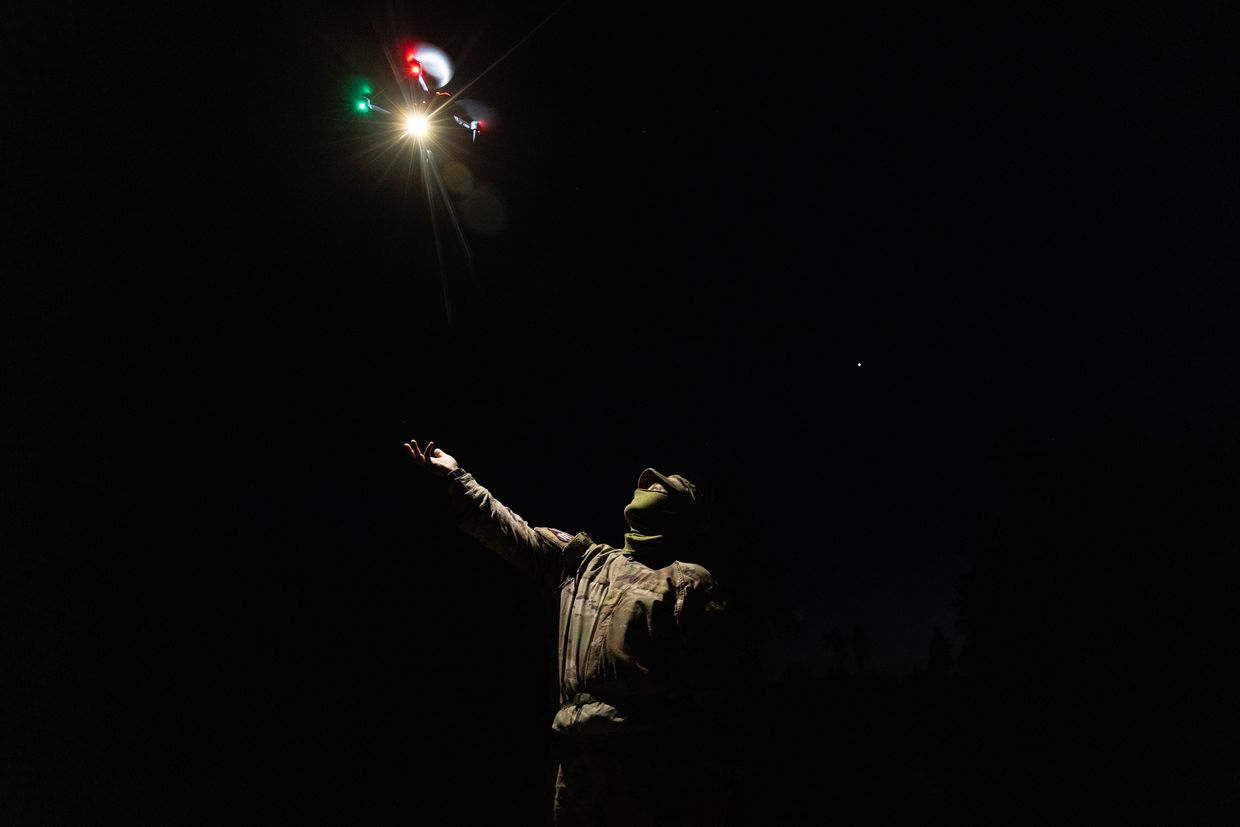Bloomberg: Ukraine's recent drone strikes hit facilities representing 12% of Russia's oil-processing capacity

Ukrainian drone attacks targeted three oil refineries deep inside Russian territory, in what President Vladimir Putin described as an attempt to disrupt the upcoming presidential election.
On March 13, a drone strike caused a fire at Rosneft PJSC's Ryazan plant near Moscow, one of the country's largest crude-processing facilities. Additionally, a drone attack halted operations at the smaller Novoshakhtinsk refinery in the southern Rostov region.
These incidents, along with a similar attack at Lukoil PJSC's Norsi plant on March 12, have caused significant disruption, Bloomberg reports. The three facilities hit by Ukrainian drones in the past days account for about 12% of Russia’s oil-processing capacity.
Ukraine has been using drones more frequently to target important Russian oil facilities from the Black Sea to the Baltic Sea.
Russia claimed that it downed 65 Ukrainian drones over its territory overnight and in the morning on March 13. The country's Defense Ministry said its forces allegedly intercepted one drone over Leningrad Oblast, one over Ryazan Oblast, eight over Bryansk Oblast, eight over Kursk Oblast, 12 over Belgorod Oblast, and 35 over Voronezh Oblast.
Ukrainian strikes in Russian regions “are aimed at, if not frustrating the elections in Russia, then interfering with them,” Putin said in an interview with the state-owned RIA Novosti news service. “Another goal is to get some kind of trump card in a possible negotiation process.”
Russian citizens will vote in a presidential election scheduled from March 15 till March 17. Vladimir Putin is running for president for the fifth time, seeking to extend his rule by six more years - until at least 2030.












